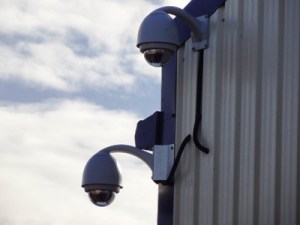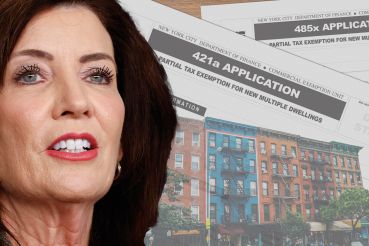Judge Rules in Favor of Queens Landlord Who Used Heavy Surveillance to Track Absentee Tenant
By Gus Delaporte April 24, 2013 7:30 am
reprintsBig Brother is watching.
Like something out of a spy movie, residential building owners are now using private investigators and hidden surveillance to track down absentee tenants in rent stabilized buildings.
 In a recent case, law firm Rosenberg & Estis represented Blair Hall Inc., the owner of a 200-unit rent stabilized building in Queens. Using surveillance techniques, the firm was able to ascertain that tenant Janina Vilcek’s primary residence was in the state of Florida.
In a recent case, law firm Rosenberg & Estis represented Blair Hall Inc., the owner of a 200-unit rent stabilized building in Queens. Using surveillance techniques, the firm was able to ascertain that tenant Janina Vilcek’s primary residence was in the state of Florida.
In a decision dated February 13, Judge Gilbert Badillo of the Housing Part of the Civil Court of the City of New York in Queens, awarded possession of the apartment to Blair Hall, Inc.
Via video surveillance using hidden cameras in Exit signs and smoke detectors, it was learned that Ms. Vilcek, who was also under investigation by the Secret Service on suspicion of partaking in multiple marriages to convey citizenship, was subletting her apartment to another building tenant while living in Florida.
Ms. Vilcek’s defense was hardly convincing, according to Judge Badillo.“To this Court’s observation, whenever [Ms. Vilcek] was confronted with the contradictions, she would no longer remember or understand the question or information,” he wrote in his decision.
“This signals a shift,” Bradley Silverbush, senior partner at Rosenberg & Estis, P.C., told The Commercial Observer. “In the old days, you relied on building staff or word of mouth to ascertain who was actually in the apartment.”
The law firm also subpoenaed Ms. Vilcek’s phone records to ascertain her location and used internet databases to learn the Polish-born woman was registered to vote in Florida and had cars registered in multiple states.
Owners can spend up to $100,000 trying a non-primary resident case, according to Mr. Silverbush. “I tell the clients: every dollar you spend on preparation and surveillance is worth $2 in litigation costs,” he said.


